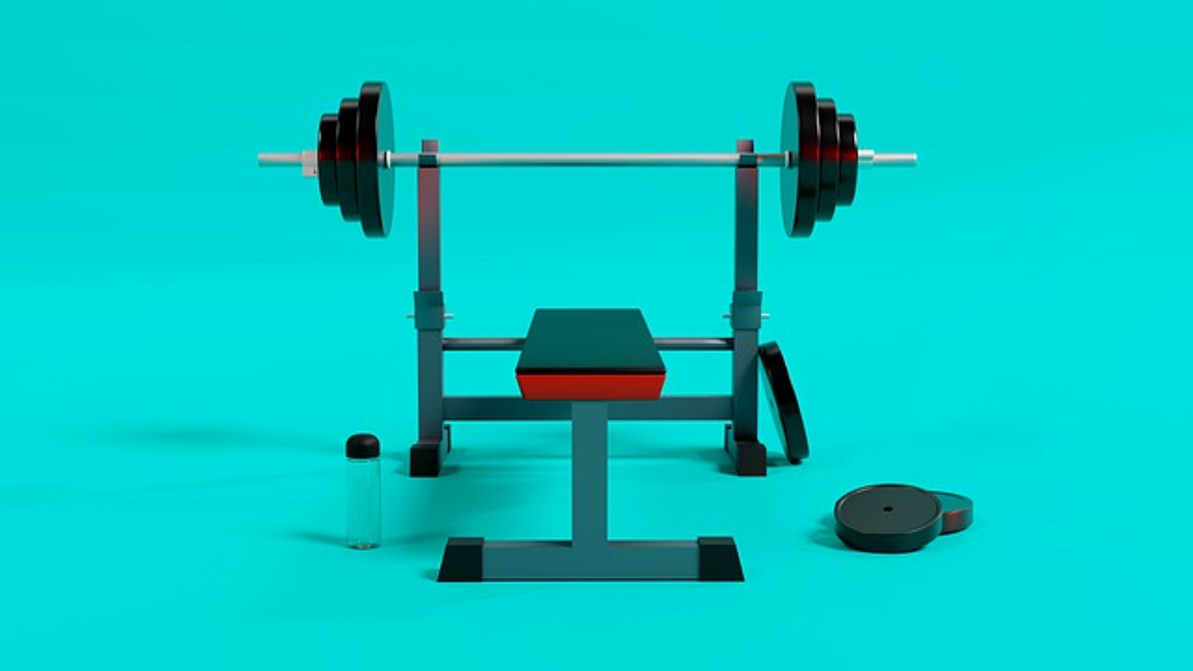What Is Delayed Onset Muscle Soreness (DOMS) and How Do You Deal With It?
Have you heard of delayed onset muscle soreness (DOMS)? It's an all-too-common condition that affects millions of people. If you regularly exercise, in fact, you'll probably experience DOMS. While you can't necessarily prevent it when exercising, there are ways to ease the discomfort associated with DOMS.
The Basics of DOMS
DOMS is exactly what it sounds like: the delayed soreness of muscle tissue. When you exercise, you may stress your muscles to the point that they become sore. It may not happen immediately. Rather, the soreness may not develop until 24 to 48 hours after you've exercised. This is DOMS. It involves muscle soreness after you've exercised.
What Causes DOMS?
Exercise causes DOMS. Resistance and strength training exercises, for instance, will stress your muscles. If you lift weights, you'll expose your muscles to severe stress. The muscle tissue in your body may then develop micro tears. Muscle damage such as this isn't necessarily bad. On the contrary, it will encourage your body to rebuild the damaged tissue stronger than before.
Soreness is a hallmark symptom of damaged muscle tissue. When you initially exercise, you may not experience any noticeable soreness. But after 24 to 48 hours, the soreness may set in. The muscles that you previously targeted in your workout sessions may feel sore. DOMS is the term used to describe this delayed muscle soreness that occurs following a workout.
How to Deal With DOMS
You can minimize the impact of DOMS in several ways. Make sure you stay hydrated when exercising. If you become dehydrated, your muscles may cramp up, which can make them more susceptible to soreness.
Another tip to minimize the impact of DOMS is to get plenty of sleep. DOMS is the result of exercise-induced damaged muscle tissue. When you sleep, your body will repair this damaged muscle tissue. If you get little or no sleep at night -- or if you get low-quality sleep -- your body may struggle to repair it. Improving your sleeping habits will result in faster muscle recovery.
A massage can help you deal with DOMS. If your muscles are sore, consider massaging that area of your body. You can perform a self-massage, or you can get a professional massage. Regardless, massage therapy will encourage blood flow to the damaged muscle tissue. As a result, your body will heal the damaged tissue more quickly.
Recent Posts
-
Fire Safety in the Workplace: What You Need to Know
What steps are you taking to prevent fires in your workplace? According to the U.S. Occupational Saf …Aug 23rd 2023 -
Is It Safe to Go Jogging With a Cold Infection?
If you're suffering from a cold infection, you might be wondering whether it's safe to go jogging. T …Aug 22nd 2023 -
5 Safety Tips to Follow When Using a Powder-Actuated Tool
Powder-actuated tools are commonly used to join materials to steel and concrete. Also known as Hilti …Aug 20th 2023




